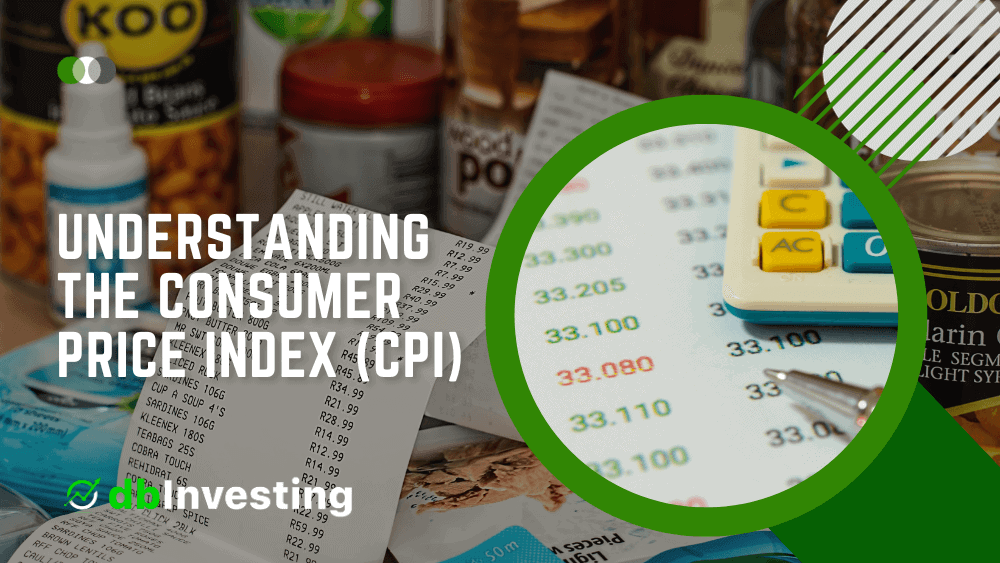In today’s complex economic landscape, the Consumer Price Index (CPI) stands as a critical indicator for understanding inflation, price changes, and their impact on consumers’ purchasing power. This comprehensive article delves into the intricacies of CPI, its significance, how it is calculated, and the formula behind it.
Consumer Price Index (CPI): An Overview
The Consumer Price Index, abbreviated as CPI, is a vital economic metric that quantifies the average change in prices paid by urban consumers for a basket of goods and services over time. It serves as a barometer of inflation and is instrumental in gauging the cost of living for ordinary citizens.
CPI Inflation: What Is It?
CPI inflation refers to the percentage increase in the Consumer Price Index over a specific period. When CPI inflation is high, it indicates that the general price level of goods and services is rising, resulting in a decrease in the purchasing power of consumers. Conversely, low CPI inflation suggests a more stable economic environment.
What Is CPI Used For?
The CPI serves several critical purposes:
- Inflation Measurement: It is a primary tool for tracking and assessing inflation trends in an economy.
- Economic Policy: Governments and central banks use CPI data to formulate monetary policies and make informed decisions about interest rates.
- Cost-of-Living Adjustment: Many businesses and organizations use CPI to adjust employee wages, pensions, and benefits to account for changes in the cost of living.
- Indexing Contracts: CPI is often referenced in contracts for rent, utility rates, and other payments, ensuring that they keep pace with inflation.
CPI Release Dates
The CPI is typically released by national statistical agencies on a regular schedule. In the United States, for instance, the Bureau of Labor Statistics (BLS) publishes the CPI on a monthly basis. Release dates may vary by country but are usually consistent to allow for timely analysis and decision-making.
How to Calculate CPI
Calculating the Consumer Price Index involves several steps:
- Selecting a Base Year: The base year is the reference point against which all other years are compared. Prices and quantities for goods and services in the base year are set at 100.
- Selecting the Basket of Goods and Services: A representative basket of goods and services is chosen to reflect the average consumer’s spending habits. This basket is composed of various items, including food, clothing, housing, transportation, and entertainment.
- Collecting Price Data: The prices of the items in the basket are collected regularly, both in the base year and the current year. This data is essential for comparing price changes over time.
- Calculating the Cost of the Basket: Multiply the price of each item in the basket by the quantity purchased and sum these values to calculate the total cost of the basket for both the base year and the current year.
- Calculating the CPI: The CPI is calculated using the formula:
CPI = (Cost of Basket in Current Year / Cost of Basket in Base Year) x 100
- Interpreting the CPI: The resulting CPI value indicates the relative price change compared to the base year. An increase in CPI suggests inflation, while a decrease indicates deflation.
CPI Formula
The formula for calculating the Consumer Price Index (CPI) can be broken down as follows:
- CPI = (Σ (P_i * Q_i)_current) / (Σ (P_i * Q_i)_base) x 100
Where:
- P_i represents the price of item i in the current year.
- Q_i represents the quantity of item i in the base year.
- The summation (Σ) symbolizes the sum of all items in the basket.
Conclusion
The Consumer Price Index (CPI) is an indispensable tool for economists, policymakers, businesses, and consumers alike. It provides valuable insights into the rate of inflation, cost-of-living adjustments, and economic stability.
Understanding how to calculate and interpret CPI is essential for making informed financial decisions and comprehending the broader economic landscape. By keeping a close eye on CPI data and its release dates, individuals and institutions can better navigate the ever-changing world of prices and inflation.



